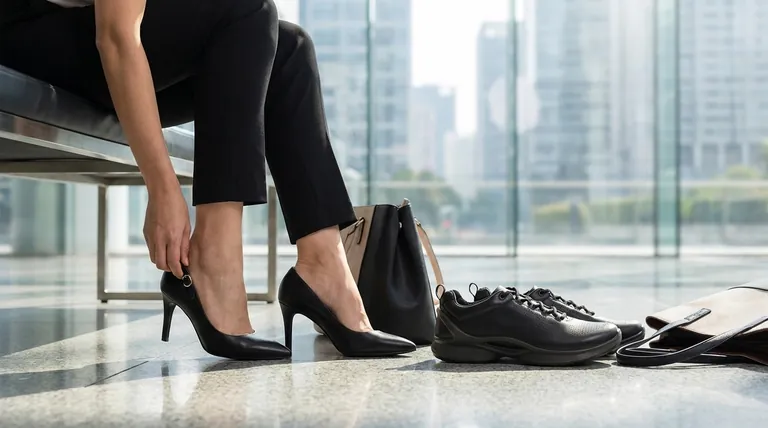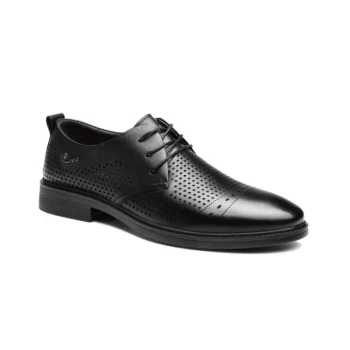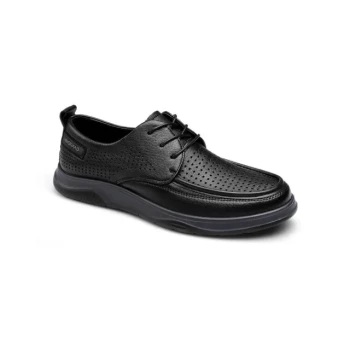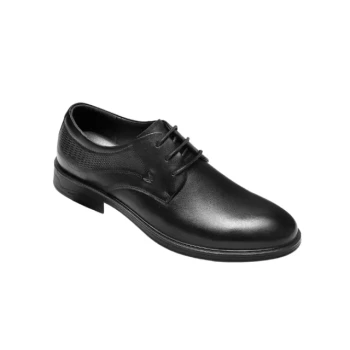Wearing high heels every day is not a benign style choice; it fundamentally alters your body's mechanics and exposes you to significant health risks. This daily habit can lead to a shortened Achilles tendon, weakened toes, chronic ankle instability, and tight calf muscles, increasing your risk of injury and long-term musculoskeletal disorders.
The core risk of daily high heel use is forcing your body into an unnatural alignment. This creates a chain reaction of strain that extends from your feet all the way up your spine, leading to chronic pain and a higher probability of serious injury over time.

How High Heels Disrupt Your Foot's Natural Function
The design of a high heel forces your foot into an abnormal, plantarflexed (toes pointed down) position. This single change sets off a cascade of negative adaptations throughout your lower body.
The Achilles Tendon: A Constant State of Contraction
When your heel is elevated, your Achilles tendon—the large tendon connecting your calf muscle to your heel bone—is held in a shortened position.
With daily wear, this tendon can physically shrink and tighten. This makes wearing flat shoes uncomfortable and significantly increases your risk of a tear or strain during activities like running or even walking.
The Toes and Ball of the Foot: Bearing the Burden
A high heel shifts your body weight forward, placing immense pressure on the balls of your feet and your toes.
This constant pressure can lead to nerve damage, and because the toes are not being used for balance as intended, their intrinsic muscles can weaken over time.
The Ankle: A Foundation Made Unstable
The unnatural angle of the foot in a high heel compromises the stability of your ankle joint. This makes you more susceptible to sprains and injuries, as the joint is not in its optimal position to absorb shock or adapt to uneven surfaces.
The Ripple Effect Through Your Body
The problems that start in the foot do not end there. Your body works as a kinetic chain, and dysfunction in one area inevitably creates stress in others.
From Tight Calves to Strained Knees
The shortened Achilles tendon is directly connected to tight calf muscles. This tightness pulls on the back of the knee, altering your gait and placing additional stress on the knee joint, which can contribute to pain and arthritis.
Impact on Hips and Spine
To compensate for the forward tilt caused by heels, you are forced to adjust your posture. This often involves arching your lower back, which puts compressive stress on your spine and can lead to chronic lower back, neck, and hip pain.
Risk of Chronic Conditions
Over time, the cumulative strain from wearing high heels can contribute to debilitating conditions like plantar fasciitis (inflammation of the tissue on the bottom of the foot) and fallen arches or flat feet.
Understanding the Trade-offs and Mitigation
Recognizing the risks is the first step toward making better choices. While the ideal scenario is to avoid high heels for daily wear, there are strategies to mitigate the damage if you must wear them.
The Expert Consensus: Heels for Occasions, Not Every Day
Podiatric experts, including the American Podiatric Medical Association, are clear in their guidance. They advise that high heels should be reserved for special occasions rather than being a part of your daily wardrobe.
Minimizing Time and Distance
If you must wear heels, limit the amount of time you spend walking or standing in them. Simple tactics like parking closer to your destination or getting dropped off near the entrance can make a significant difference.
The "Commuter Shoe" Solution
One of the most effective strategies is to wear comfortable, supportive walking shoes for your commute and only switch into your high heels once you arrive at your destination. This dramatically reduces the total strain on your body.
Making the Right Choice for Your Long-Term Health
Your footwear choices have a direct and lasting impact on your mobility and quality of life. Understanding the consequences allows you to make an informed decision that aligns with your health goals.
- If your primary focus is daily comfort and injury prevention: Reserve high heels exclusively for special occasions and choose supportive flats for everyday wear.
- If you must wear heels for professional or personal reasons: Actively limit your wear time, choose lower and wider heels when possible, and incorporate daily calf stretches to counteract the negative effects.
Prioritizing your body's structural health is the foundation for effortless movement and well-being for years to come.
Summary Table:
| Key Risk Area | Potential Consequence |
|---|---|
| Achilles Tendon & Calves | Shortening, tightness, increased risk of tears |
| Toes & Ball of Foot | Nerve damage, weakened muscles, pain |
| Ankles | Chronic instability, higher risk of sprains |
| Knees, Hips & Spine | Altered gait, joint stress, chronic back pain |
| Long-Term Conditions | Plantar fasciitis, fallen arches, arthritis |
Prioritize Foot Health Without Sacrificing Style
As a large-scale manufacturer, 3515 produces a comprehensive range of footwear for distributors, brand owners, and bulk clients. We understand the critical balance between fashion, comfort, and health.
We can help you offer safer alternatives: Our production capabilities encompass all types of shoes and boots, including stylish yet supportive options that protect your customers' well-being.
Let's collaborate to create footwear that supports a healthy, active lifestyle.
Contact 3515 today to discuss your manufacturing needs and explore our diverse catalog.
Visual Guide

Related Products
- Wholesale Comfortable Business Casual Shoes Custom Manufacturing
- Custom Manufactured Air Cushion Leather Business Shoes for Wholesale
- Wholesale Classic Leather Lace-Up Ankle Boots for Brand Manufacturing
- Durable Rubber-Soled Utility Shoes for Wholesale & Custom Brand Manufacturing
- Wholesale Durable & Breathable Training Shoes for Custom Brands
People Also Ask
- Are brown dress shoes appropriate for formal events? A Guide to Choosing the Right Shoe
- What should someone do if they are unsure about a company's dress code? Navigate with Confidence
- Is it acceptable to wear dress shoes with casual outfits? Elevate Your Smart Casual Office Style
- What are the key considerations when choosing dress shoes for formal occasions? A Guide to Style, Color & Quality
- How should dress shoes be maintained to prolong their lifespan? A Guide to Lasting Quality



















